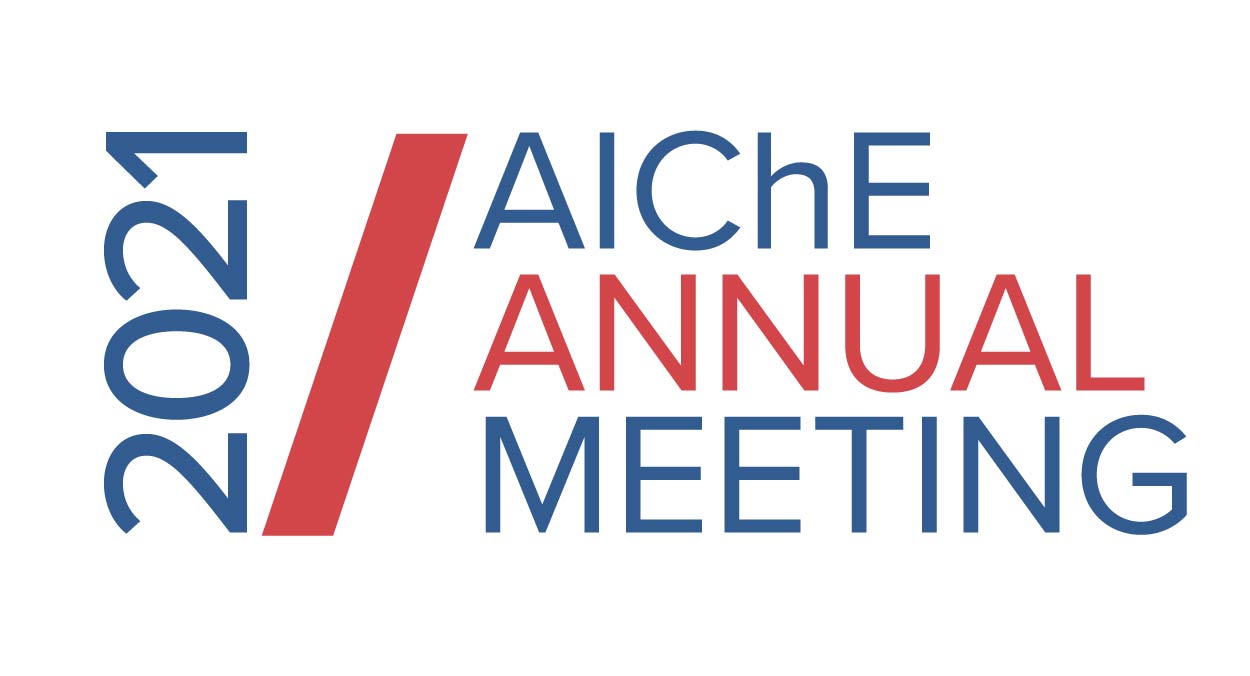

Glioblastoma is the most common primary malignant brain tumor, and despite many years of innovations in radiological and surgical techniques, as well as novel therapeutics, the median survival is still only 18 months. There is a critical need for targeted therapies, especially those which have the capability of passage through the blood-brain tumor barrier (BBTB), making delivery significantly less invasive by opening up the possibility for systemic delivery. To this end, self-assembling single stranded DNA (ssDNA)-amphiphile nanotubes have been synthesized and investigated for their ability to selectively target glioblastoma (GBM). ssDNA-amphiphiles were generated from a short ssDNA sequence attached to a di-alkyl C16 tail via a C12 alkyl spacer. The inclusion of this spacer has been demonstrated to lead to the production of self-assembled nanotubes. It was determined that while these nanotubes were able to strongly internalize into a mouse GBM cell line, GL261, and human GBM cell lines A172 and U87, they showed virtually no internalization into normal human brain cells suggesting inherent targeting ability without the presence of a targeting ligand. In order to better elucidate the process by which the nanotubes are able to internalize into GBM cells and begin to understand their targeting capabilities, the internalization mechanism of the nanotubes was investigated using a trafficking experiment which utilized multiple endocytic inhibitors. The targeting ability of the ssDNA nanotubes was examined further by delivery in orthotopic GL261 mouse GBM models to demonstrate the feasibility of both intracranial and intravenous delivery to the brain. Intratumoral delivery showed a broad distribution of nanotubes throughout the tumor with nanotubes found colocalized with both GL261 cells and tumor-associated macrophages. Nanotubes were similarly identified within the tumor following intravenous delivery suggesting that the tubes are able to pass through the BTBB. These results suggest that the ssDNA nanotubes represent an extremely promising targeted delivery vehicle to GBM that can potentially be used for the delivery of chemotherapeutics with reduced off target toxicity.
Presenter(s)
Once the content has been viewed and you have attested to it, you will be able to download and print a certificate for PDH credits.
If you have already viewed this content,
please click here
to login.
